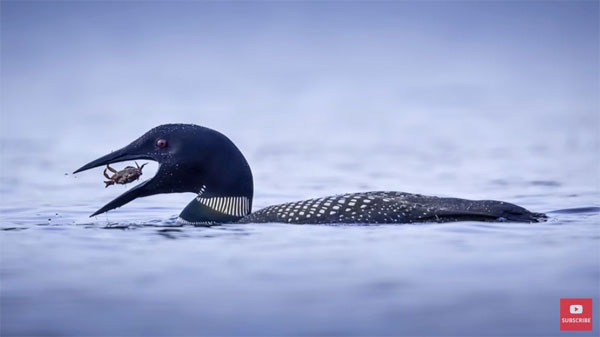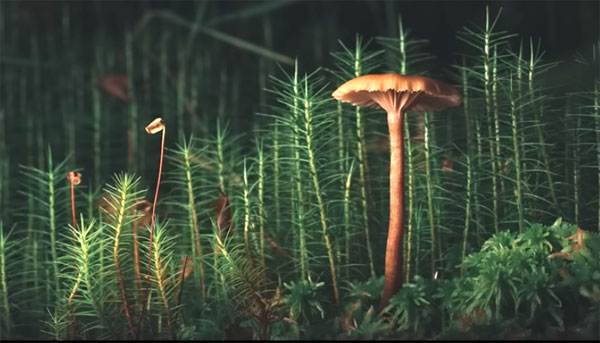How to Shoot SHARP Photos with TELEPHOTO Lenses (VIDEO)
Last week we brought you a basic primer on achieving maximum sharpness in the camera, regardless of the subject or lens you use. But long telephotos are a unique case, requiring even more precision and careful techniques.
The tutorial below from one of our favorite outdoor photographers takes a specific look at the necessary considerations for capturing the sharpest images possible when shooting with the big guns. The straightforward tips you’ll learn work great for any images you make with a long lens, whether it’s a prime or telephoto zoom.
Instructor Simon d’Entremont is a professional nature and wildlife photographer based in Eastern Canada, and given his specialty he relies on long focal lengths for much of his work. He’s taken over a million images over the past six years, using two telephoto lenses alone, and there’s a list of all his preferred gear in the description beneath the video.

It’s obvious that a sturdy camera support is essential, and some lenses are inherently sharper that others. But, as you’ll see, premium glass and a bombproof tripod don’t guarantee sharp results. Put bluntly, much of the responsibility falls on you, in terms of choosing the right camera settings and using effective techniques.
Simon begins by explaining this fact of life: “Longer focal lengths have a bad way of magnifying shooting errors and affecting image sharpness.” The good news is that his goal isn’t convincing you to invest in expensive high-end glass, but rather to help you obtain optimum results with whatever long telephoto lens you already own.
This lesson is illustrated with Simon’s gorgeous imagery, and he discusses a number of relevant topics for getting the job done. Because longer lenses magnify motion, Simon explains the difference between camera and lens movement, subject movement, and shutter vibration—each of which require your attention in different ways.

Simon has several valuable suggestions regarding both shooting techniques and camera settings to address the movement issue. But that’s only the beginning of this very helpful video, so take a close look and put his solid advice to work.
There’s much more to learn about wildlife and nature photography (for beginners and advanced shooters alike) on d’Entremont’s YouTube channel.
And don’t miss the tutorial mentioned above, with a basic primer on capturing sharp photos in the camera.























